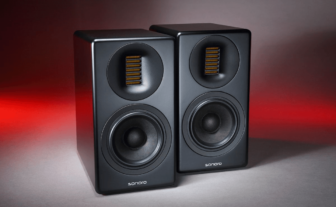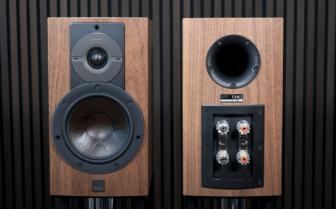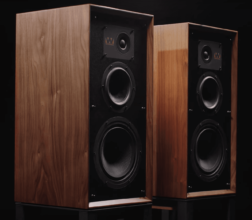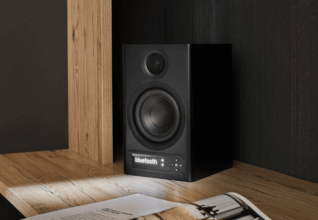MoFi SourcePoint 10 Review
A layperson might think at the sight of the MoFi SourcePoint 10: Something is missing. Because at first, in the large compact speaker, it looks like there’s only a single driver.
by Michael Lang
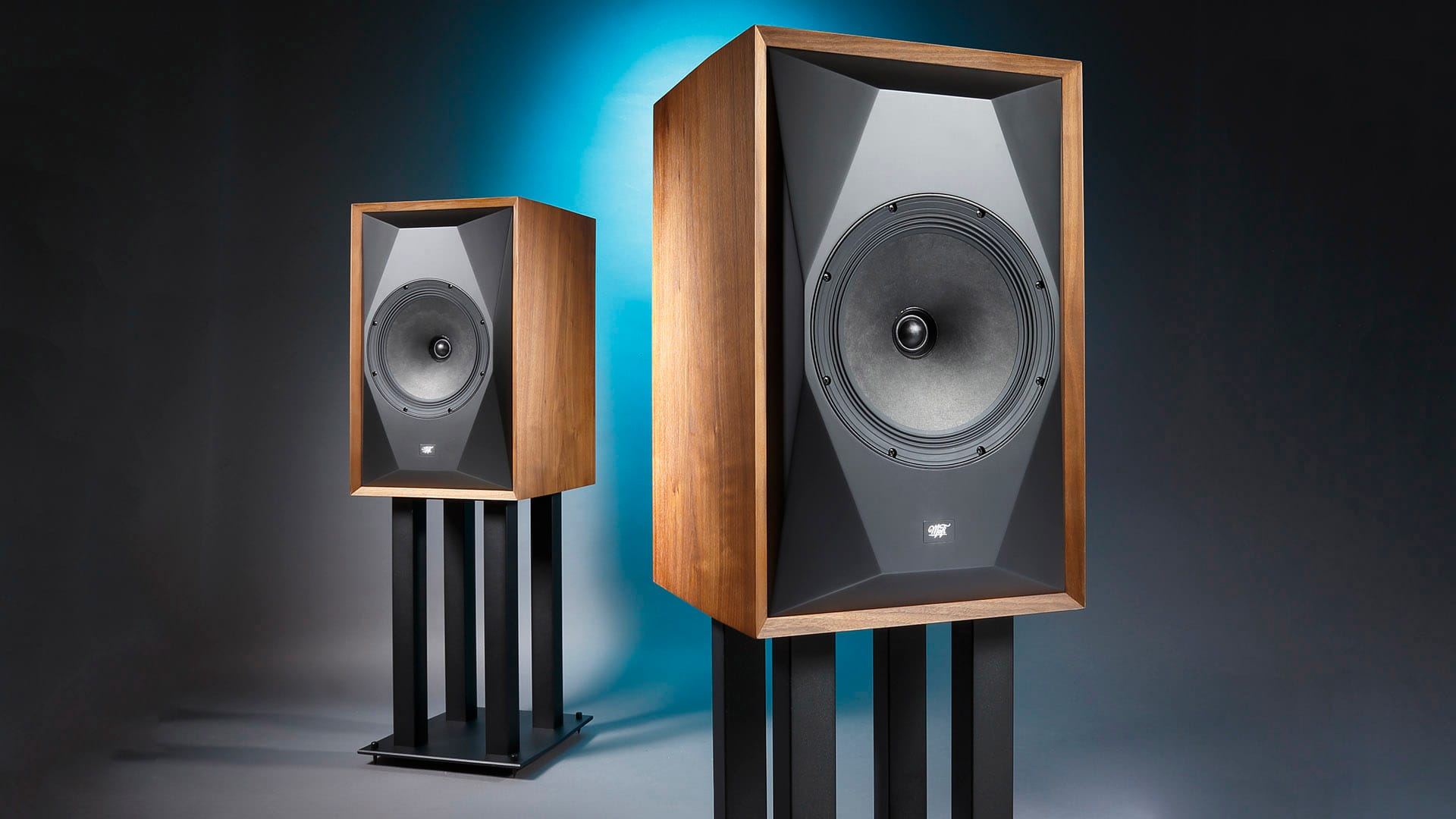
Only one driver and a price tag of $5,300 per pair? That’s not so uncommon with so-called full-range speakers, and often prices go well into the five-digit range. But in this case, it’s different. The American physicist and speaker designer Andrew Jones, who by now has a legendary reputation and is well-known among music lovers here for his developments for KEF, TAD, and Elac, has realized his vision of the most error-free transducer possible in this next generation of a so-called coaxial driver.
The fact that he managed this without the sometimes astronomical price tags of TAD speakers is partly due to the production of the components in the Far East, but actually more because Jones didn’t have to start from scratch to reach the desired goal—which saved enormous development time and thus costs. No less important in any industrial production, of course, is the quantity—and obviously, MoFi has the confidence in Jones’s abilities as well as the financial means to approach the topic of speaker building optimistically and to produce a comparatively large number of them from the start. Another aspect to consider is, that they don’t have to purchase the drivers expensively from external suppliers but manufacture them themselves.
Now, there has been an ongoing competition for years about which material has the best playback properties. This ranges from aluminum to beryllium and ceramics up to titanium and diamond. What all these materials have in common is that they are difficult to produce with consistent quality and that the raw material itself has a not insignificant price. Added to this is a complex and time-consuming manufacturing process. These are all factors that ensure that the prices for such drivers frequently lie in the high three-digit and sometimes even in the four-digit range—in the purchase price for the speaker manufacturers, mind you.
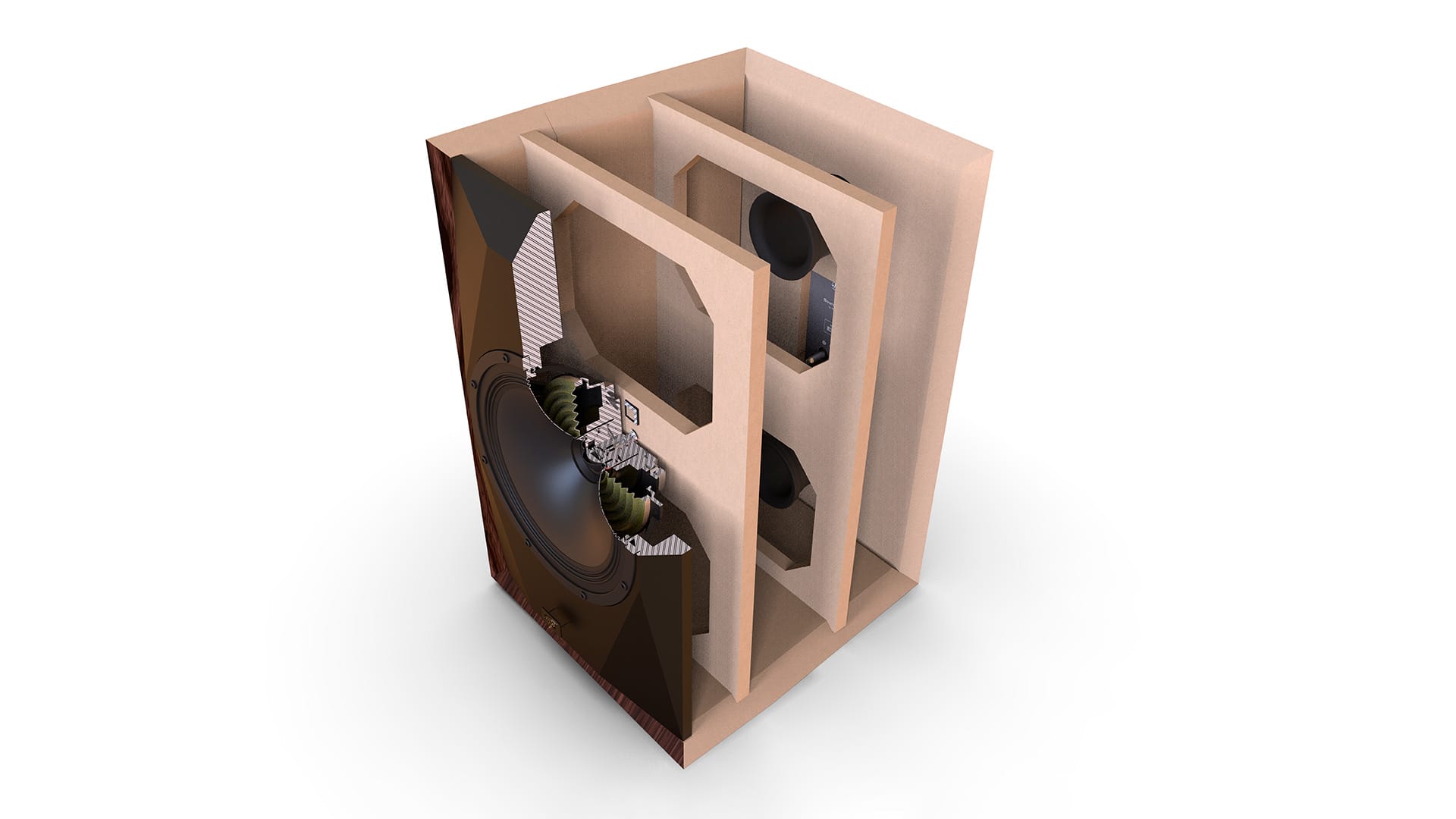
The MoFi SourcePoint 10 is much more complex than it seems at first glance
TEST DEVICES
Turntable: Linn Selekt LP12/Audio Technica Art 9
SACD Player: Denon DCD-1700NE, T+A MP 3100 HV
Phono Preamplifier: Audionet PAM G2, Musical Fidelity NuVista-Vinyl
Preamplifier: Audio Research Reference 6SE
Power Amplifier: Audio Research Reference 160M
Speakers: B&W 801 D4, Perlisten S5M Monitor
Cables: Audioquest, Silent Wire, Stockfisch, Supra, Vibex
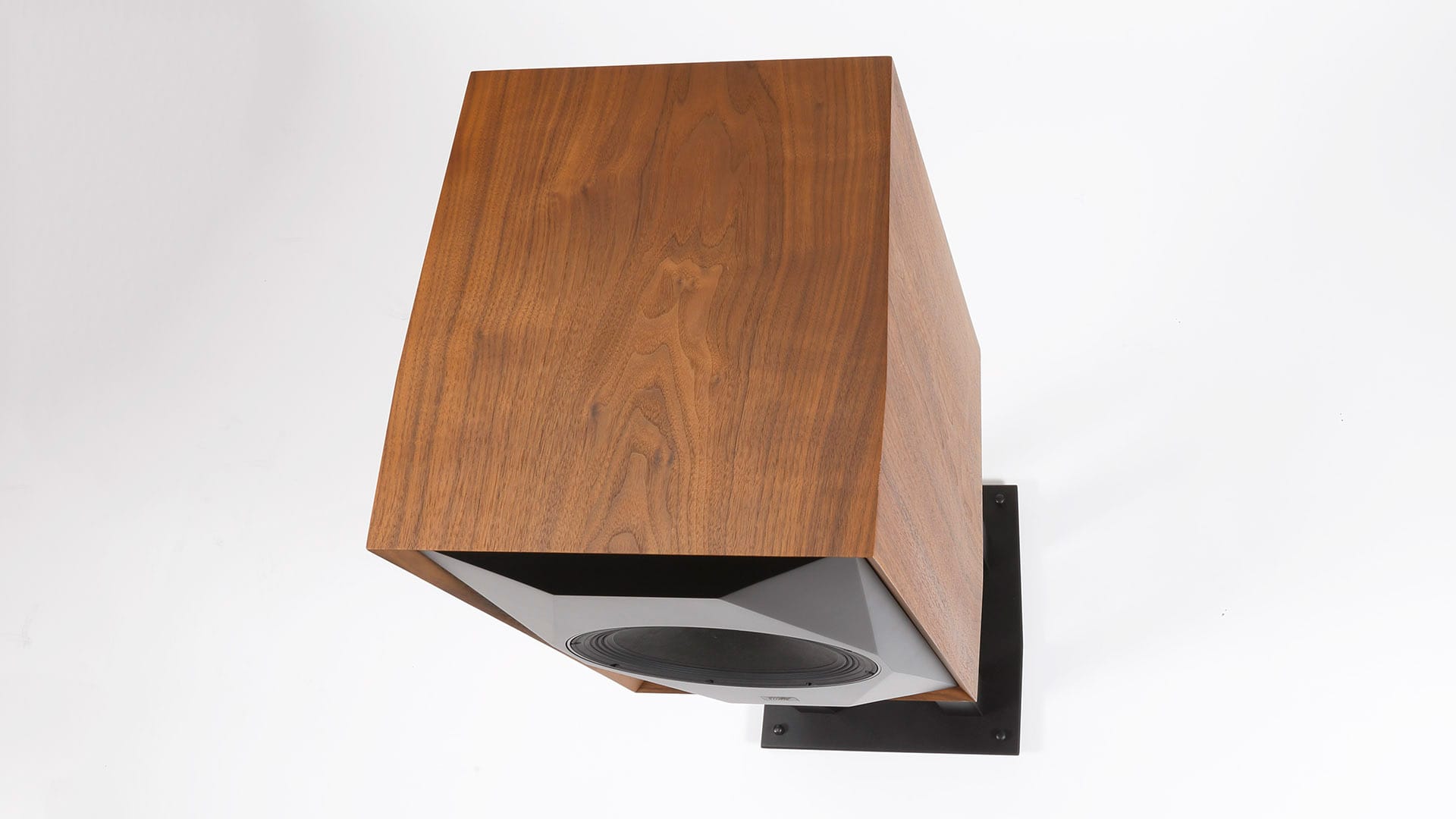
Down-to-Earth Components
It’s fortunate that Andrew Jones, unlike during his time at TAD, has deepened his love for materials that are also down-to-earth in terms of price, and during the approximately 18-month development period came to the realization that for the bass region there’s hardly a better material than good old paper. The ten-inch bass driver hardly needs to move from its resting position during operation and, in combination with the special resonance-reducing cone shape, doesn’t interfere with the dome situated in the middle of the bass driver, resulting in a very high degree of freedom from coloration, unusual for concentric drivers.
The tweeter is a 1.25-inch soft dome. The surround and the voice coil have particularly large diameters. The wide surround extends the frequency response of the tweeter, while the waveguide significantly increases efficiency in the lower frequency range.
The SourcePoint 10 is driven by a magnet system that MoFi calls “Twin-Drive,” the design of which Andrew Jones explains in more detail in an interview. This technical achievement contributes to the speaker playing with exceptional clarity.
A lot of attention was also paid to the cabinet and the shape of the two-inch thick front baffle. The shaped, faceted baffle stands in front of the mid-century inspired cabinet frame to reduce diffraction effects. The cabinet itself is made of one-inch thick MDF panels for the sides, top, bottom, and back and has an internal volume of 50 liters. This size allowed MoFi to achieve the desired combination of high sensitivity with powerful bass reproduction and a true eight-ohm impedance. Two additional braces reinforce the interior, while the exterior impresses with real wood veneer.
In our listening rooms, it managed to impress us surprisingly quickly and emphatically.
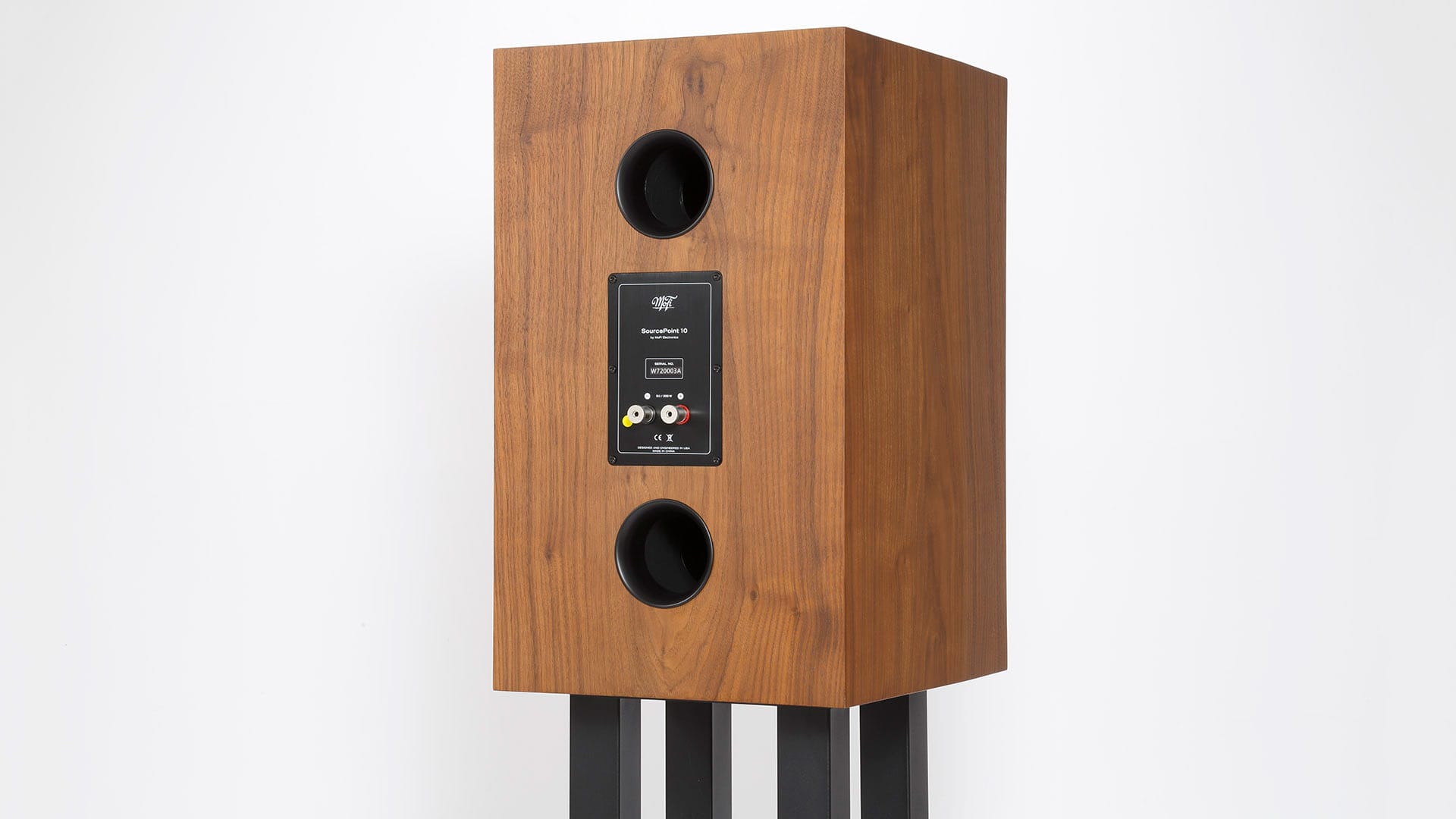
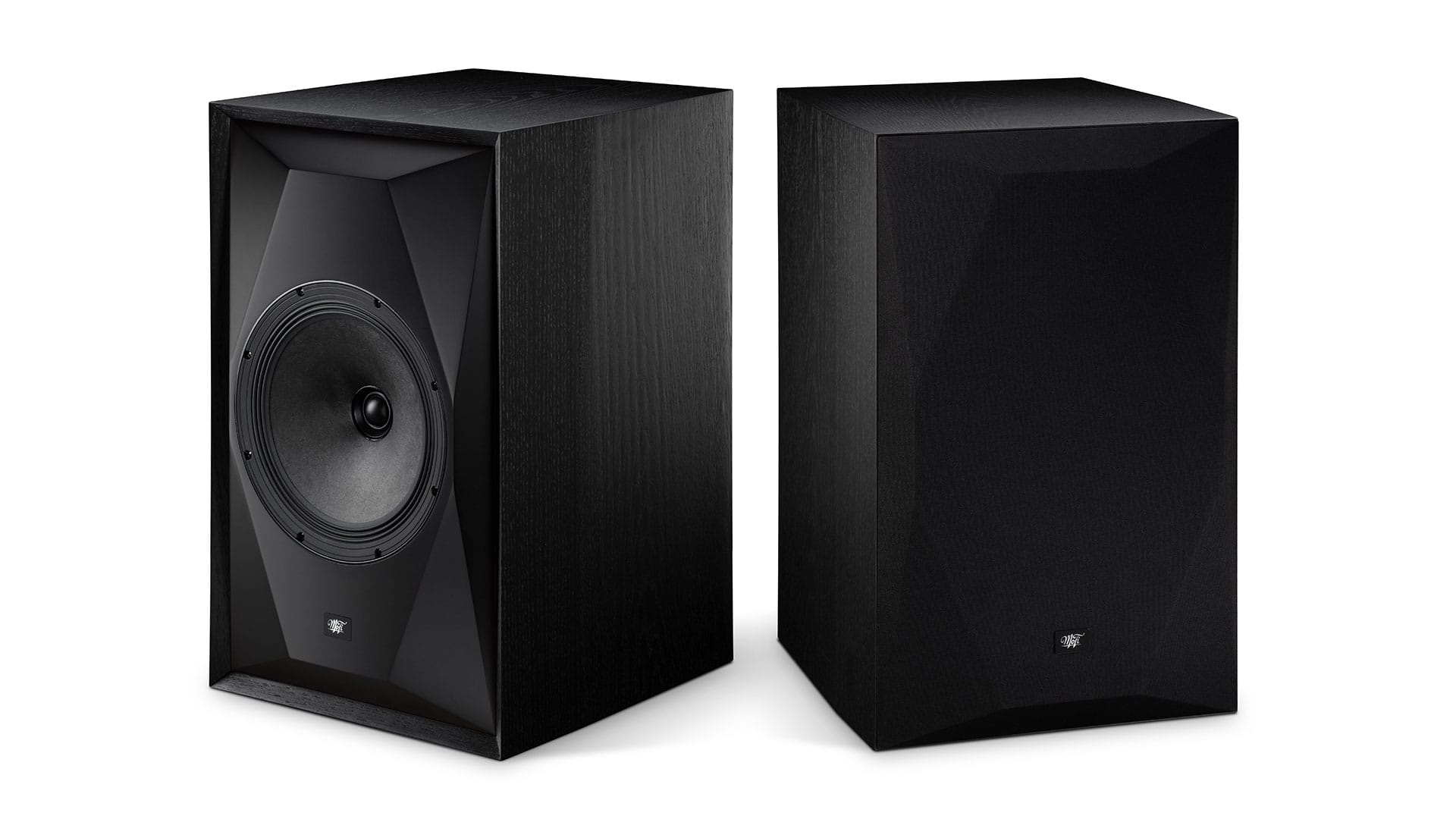
WE LISTENED WITH
Depeche Mode: Memento Mori
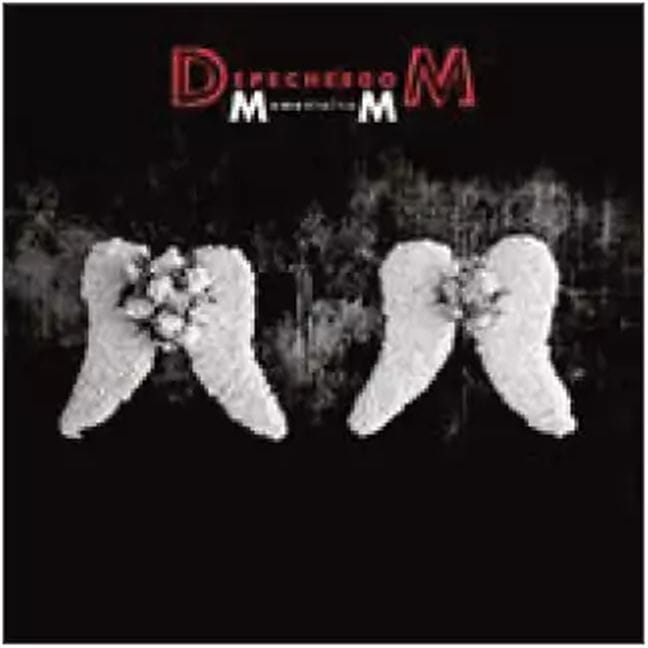
A strong comeback from the electro-pop band, reduced to a duo after Andrew Fletcher’s death.
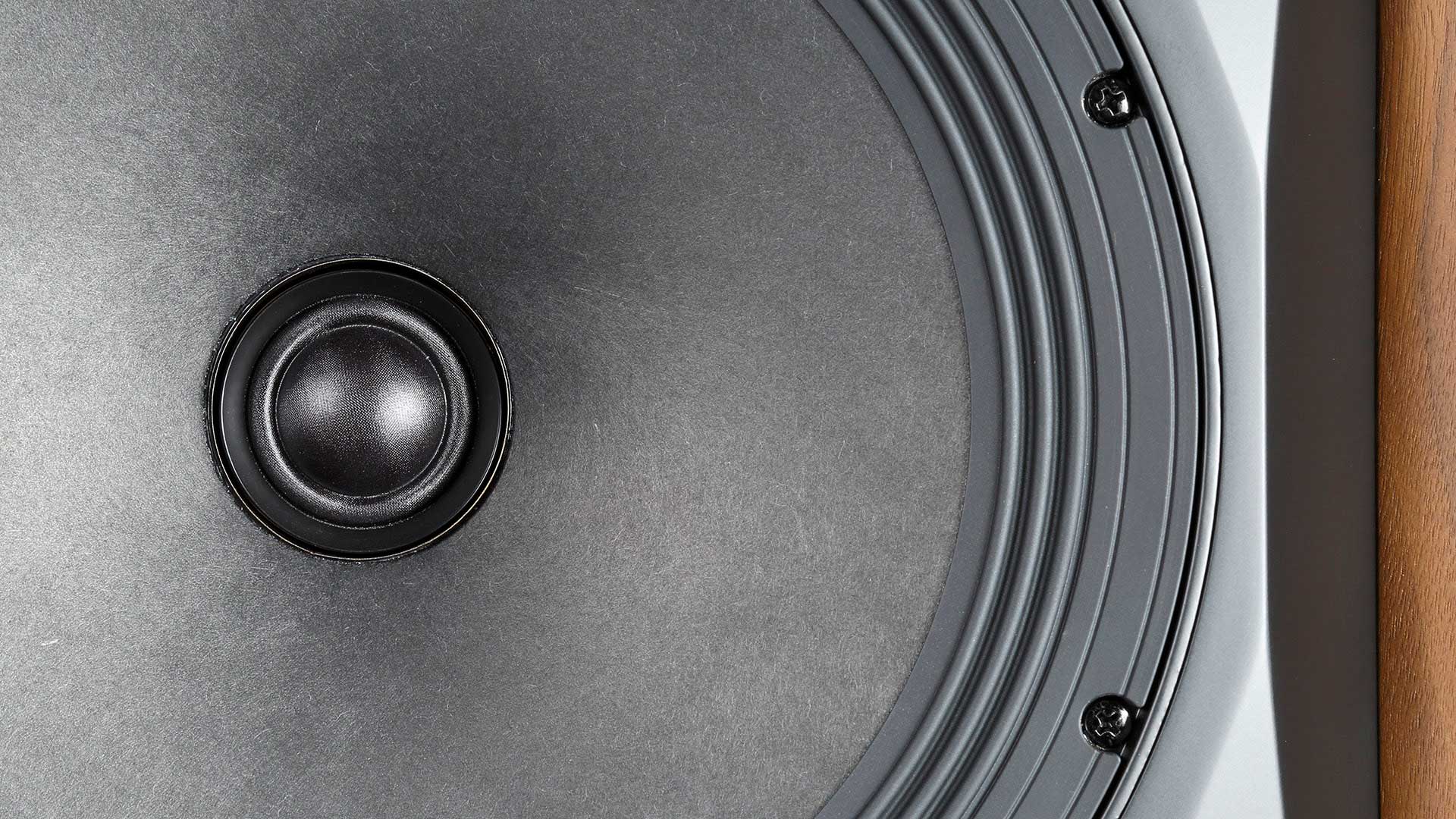
Spectacular Spatial Imaging
Initially, we focused our attention on detecting any possible colorations, but we soon realized the futility of this endeavor and instead delighted in the almost holographic spatial imaging of the MoFi. Since we were in an opulent mood, we once again resorted to the Prisoners’ Chorus from Verdi’s “Nabucco,” which clearly shows how intensely human voices can impress and was reproduced here almost boundlessly in all dimensions.
But the newcomer is also adept at focusing—the smoky, alcohol-laden voice of Tom Waits, Charlie on saxophone, Miles Davis’s trumpet—precise imaging was effortless for it, without holding back dynamically. Rather, even in the large 7Review listening room, it was powerful and eager in the low registers; synth basses from the new Depeche Mode album were not reproduced softened but delivered crisp and punchy. With all its attention to detail and truthfulness, it did not fail to add that touch of smoothness and charm to the music that makes listening a lasting pleasure.
We wondered if there aren’t already enough speakers when this box was announced. After our experiences, we must confess without a hint of irony: This is exactly the box we were missing.
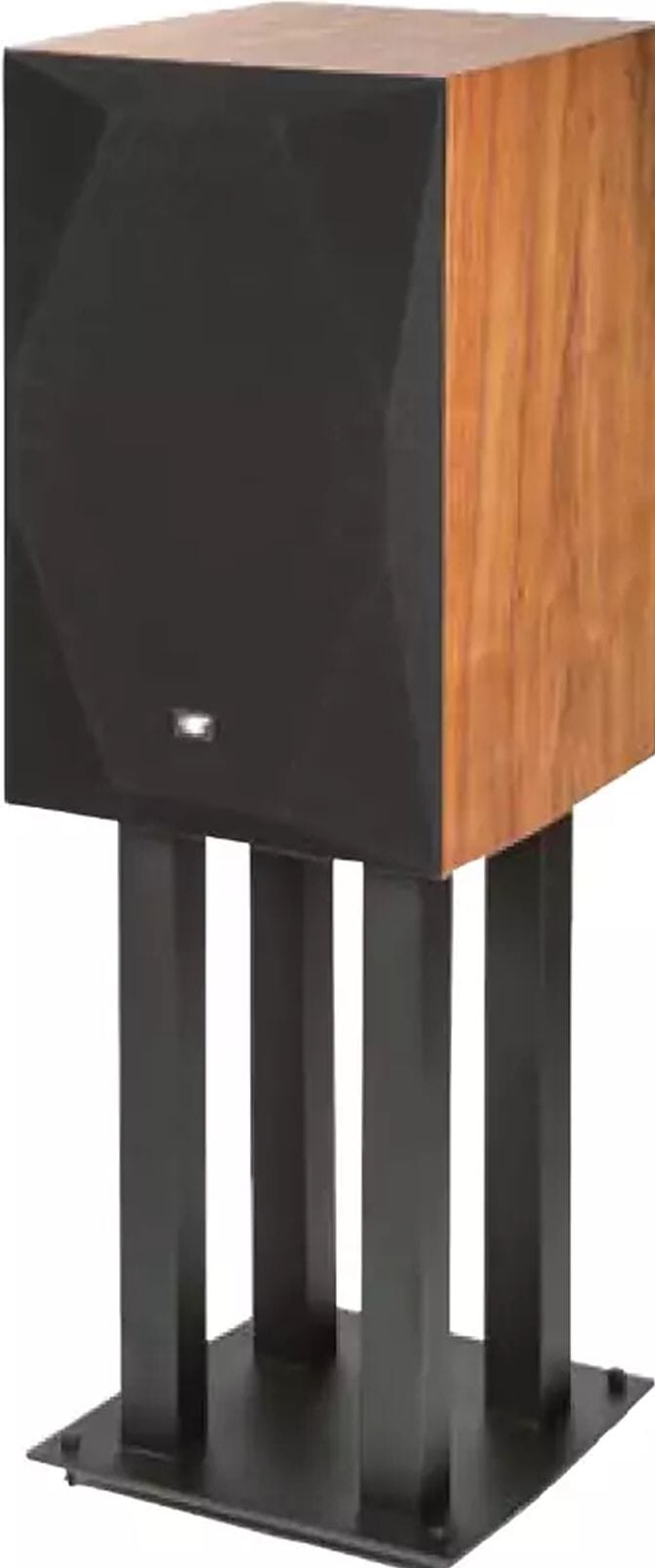
MoFi SourcePoint 10 Specs
Price: around $5,300 (stands additional $530, available in black and walnut)
Dimensions: 37x57x44 cm (WxHxD)
Warranty: 5 years
A constructively and sonically positive surprise debut from the US company MoFi. What this two-way coaxial speaker, designed for operation with stands and conceived by design legend Andrew Jones, offers in terms of spatial imaging and tonal balance with an unexpectedly powerful low-frequency range is very rare to find in this price class.
- DC Resistance: 8 Ohm
- Minimum Impedance: 6.2 Ohm at 136 Hz
- Maximum Impedance: 27.3 Ohm at 66 Hz
- Sensitivity (2.83 V/m): 92.8 dBSPL
- Power Handling for 94 dBSPL: 1.73 W
- Lower Frequency Limit (-3dBSPL): 48 Hz
- Total Harmonic Distortion at 63/3k/10k Hz: 1.46%/0.14%/0.21%
Measurements
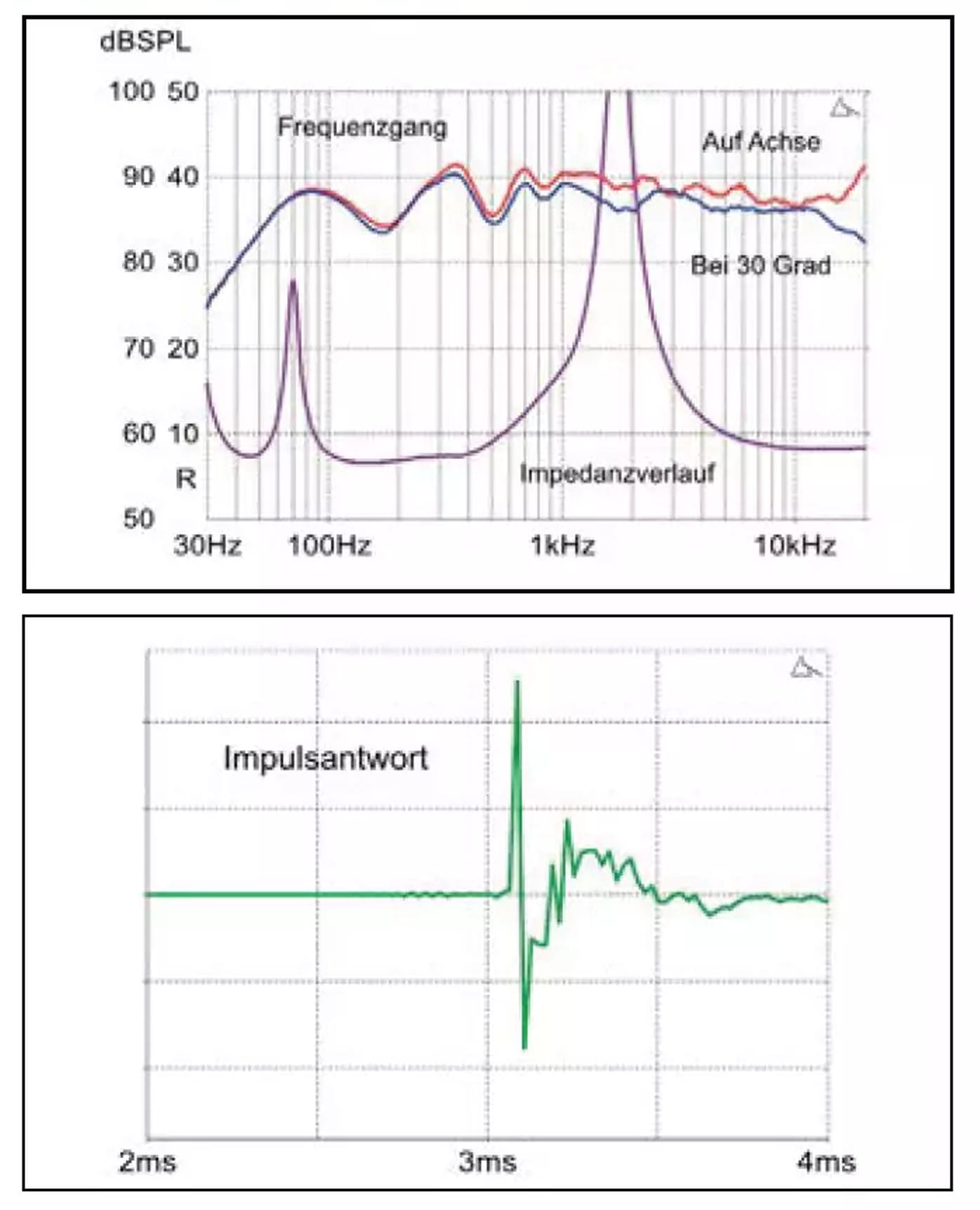
Lab Comment
- Overview: Non-critical 8-Ohm speaker with very good efficiency, excellent impulse response, and wide dispersion. The frequency response is balanced. Distortion is slightly higher in the bass, otherwise low.
Features
- Design: Two-way coaxial speaker with two rear-facing bass reflex ports; removable grilles; available in black or walnut finishes.
Test
- Sound Level: 95% (converted to 10-point scale: 9.5/10)
- Price/Performance: Excellent (10/10)
Verdict
MoFi Sourcepoint 10 Loudspeaker REVIEW: The Worst Speaker I Have Ever Owned??? #theworst #mofi
My new cable line that I feel is the best price performance. If you are interested in it and for pricing, email me directly ...



